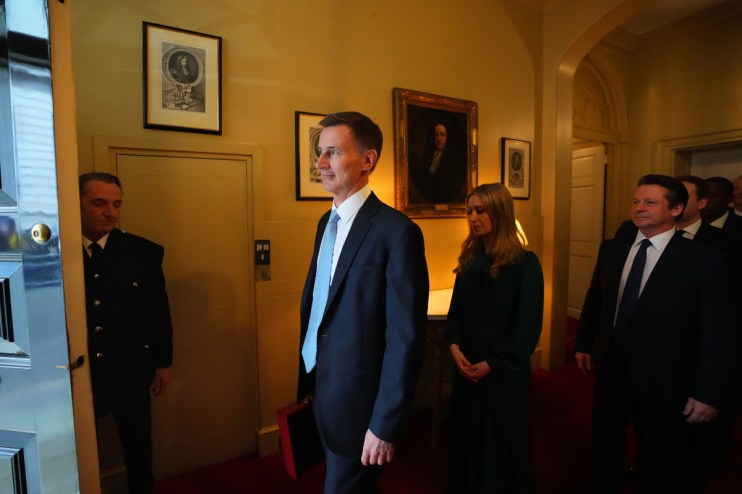‘Anaemic’ UK growth means Hunt will fail to meet fiscal rules, think tank warns

The UK will suffer from “anaemic” growth for the foreseeable future meaning the government will fail to meet its fiscal rules, new forecasts suggest.
In its latest round of forecasts the National Institute of Economic and Social Research (NIESR) projected that the UK economy would grow 0.8 per cent in 2024, a relatively optimistic short-term forecast.
However, the think tank does not expect things to improve much further, forecasting 1.0 per cent growth next year and 0.9 per cent in 2026. It suggests the trend rate of growth – the rate at which an economy can grow without causing inflation – is only one per cent.
This puts NIESR at odds with the Office for Budget Responsibility (OBR), the independent fiscal watchdog. While the OBR thinks the UK will grow 0.8 per cent this year, it then expects growth to pick up to remain around two per cent until 2028.
The difference between the two forecasts implies that NIESR does not think the government will meet its self-imposed fiscal rules.
The current set of fiscal rules requires debt to be forecast to fall as a percentage of GDP in the fifth year of the OBR’s forecasts. The rules also require the deficit-to-GDP ratio to be below three per cent by the end of the forecast period.
After the Spring Budget, Hunt was left with a buffer of just £8.9bn to meet his main target of getting debt falling in the fifth year of the forecast.
This would be in jeopardy if NIESR’s forecasts turn out to be accurate because lower levels of growth depress government tax revenue while also raising the level of debt relative to GDP.
“There is essentially no fiscal headroom for any further tax cuts, given that the government’s current spending plans do not meet the fiscal rules,” NIESR said.
The fiscal rules have come under intense scrutiny, with figures like Andy Haldane, former chief economist at the Bank of England, suggesting that they need to be reformed in order to boost growth.
NIESR agreed that the rules needed to be changed, arguing they “preclude good fiscal decisions”. Many argue the rules disincentivise longer term policies because of the short time frame in the OBR’s forecast period.
“Any project that does not lower the debt-to-GDP ratio within five years is at odds with HM Treasury’s fiscal mandate. This systematically discourages public investment as it excludes the impact of projects that would lower the debt-to-GDP ratio beyond the existing five-year window,” NIESR said.